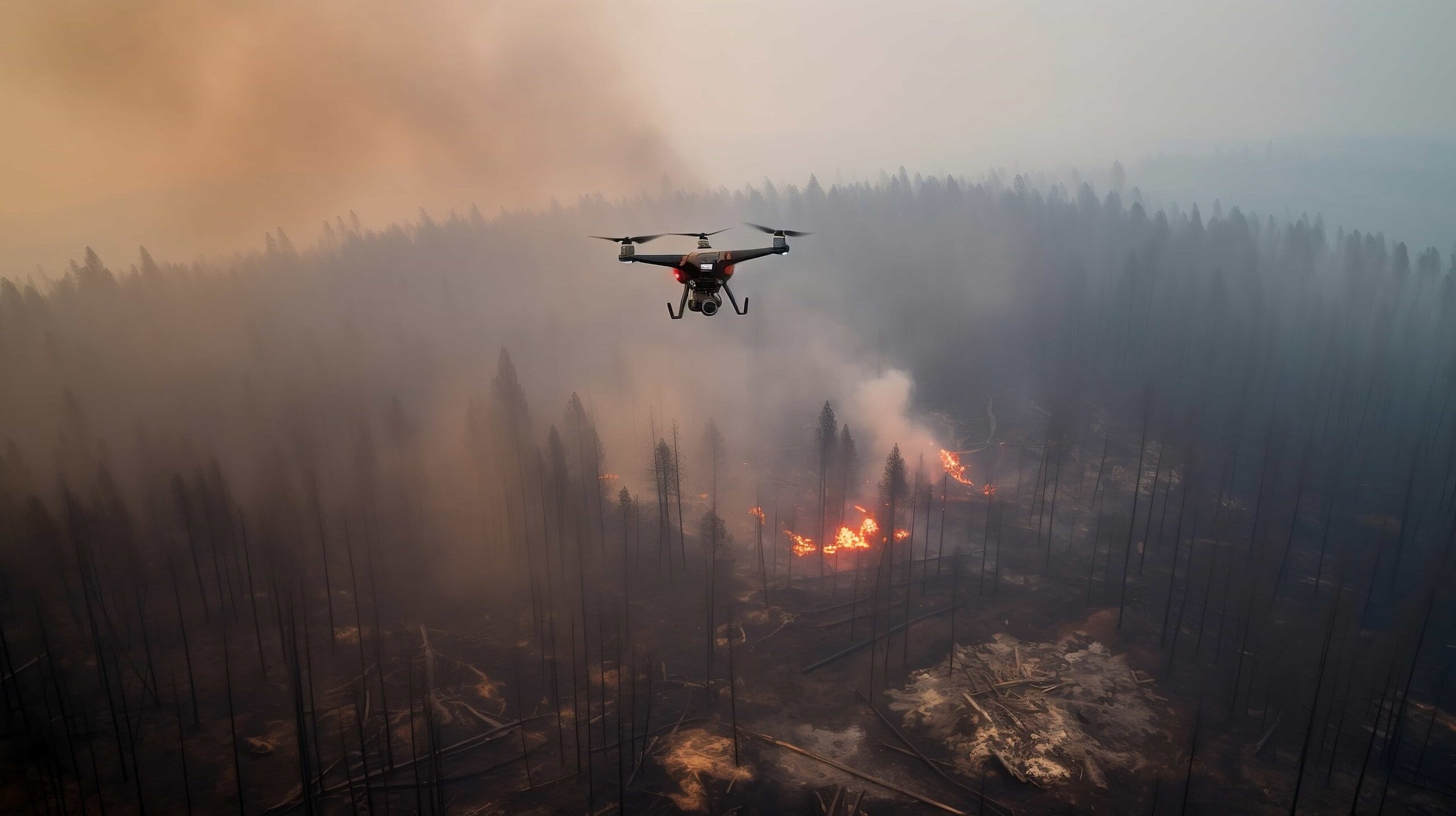In the vast and diverse landscape of Australia, search and rescue (SAR) operations play a crucial role in ensuring the safety of its residents and visitors. From remote wilderness areas to sprawling urban environments, the need for efficient SAR solutions is ever-present. Fortunately, technology has stepped in to bolster these efforts, and drones have emerged as game-changers in search and rescue operations across the country.
The Current State of Search and Rescue in Australia
Australia experiences a multitude of SAR missions each year, ranging from locating missing hikers in the rugged Outback to responding to maritime distress calls along its extensive coastline. Traditional SAR methods, while effective, are often constrained by manpower limitations and the time required for deployment. As a result, there has been a growing need for more efficient and effective solutions.
The Emergence of Drones in SAR
In recent years, drones have emerged as invaluable tools in the SAR toolkit. Government agencies, volunteer organizations, and private companies in Australia have recognized the potential of drones to revolutionize search and rescue efforts. These unmanned aerial vehicles offer speed, accessibility, and cost-effectiveness that can greatly enhance the effectiveness of SAR missions.
Technological Advancements
The advancement of technology has played a pivotal role in the effectiveness of SAR drones. State-of-the-art cameras, thermal imaging equipment, and GPS capabilities have turned drones into versatile assets for locating missing persons and assessing disaster-stricken areas.
For instance, thermal imaging allows SAR teams to detect body heat even in challenging conditions, such as dense forests or at night. This capability has proven instrumental in locating lost or injured individuals quickly and efficiently.
Training and Certification
The integration of drones into SAR operations necessitates proper training and certification for drone operators. The Civil Aviation Safety Authority (CASA) in Australia has established guidelines and regulations to ensure safe and responsible drone usage.
Several accredited training programs are available for aspiring SAR drone pilots, covering topics like flight planning, emergency procedures, and adherence to airspace regulations. These programs ensure that operators are well-prepared to handle the complexities of SAR missions.
Challenges and Considerations
While drones have undoubtedly enhanced SAR capabilities, they are not without their challenges. Weather conditions can significantly affect drone operations, particularly in regions with extreme climates. Additionally, airspace restrictions and privacy concerns must be carefully navigated.
Researchers and developers in Australia are actively working to address these challenges. Improved drone designs, as well as advancements in artificial intelligence and machine learning, promise to make drones even more effective and resilient in SAR operations.
Future Outlook
The future of SAR operations in Australia is promising, with drones set to play an increasingly pivotal role. Ongoing investments in technology and training will further enhance the capabilities of SAR drones.
As artificial intelligence and machine learning continue to evolve, drones will become even more adept at autonomous search and rescue missions, reducing response times and increasing the chances of successful outcomes.
Drones have transformed the landscape of search and rescue operations in Australia. Their speed, versatility, and technological capabilities have proven invaluable in locating missing persons, assessing disaster areas, and delivering critical supplies. As technology continues to advance and regulations evolve, the role of drones in building a more resilient and efficient SAR infrastructure in Australia is set to grow. It’s a bright future for search and rescue, where innovation takes flight.

